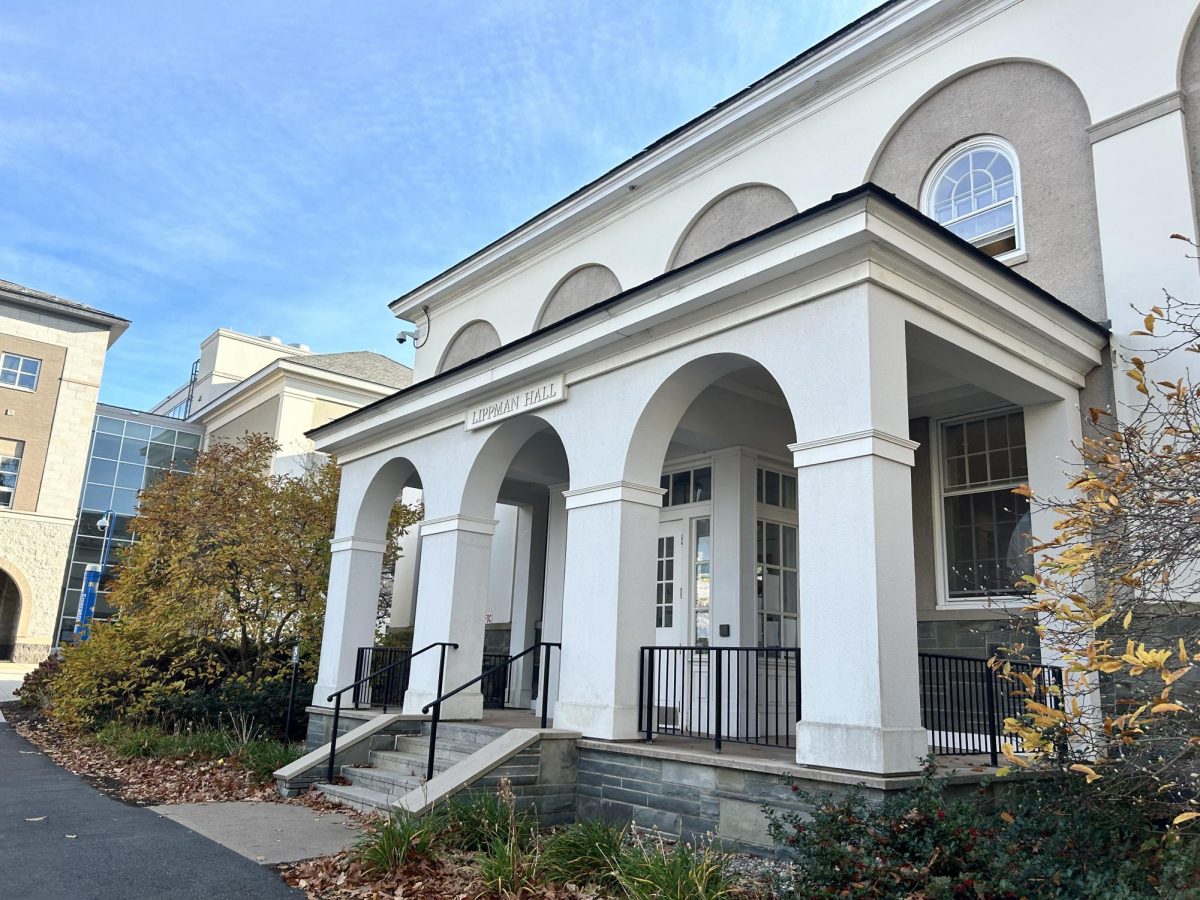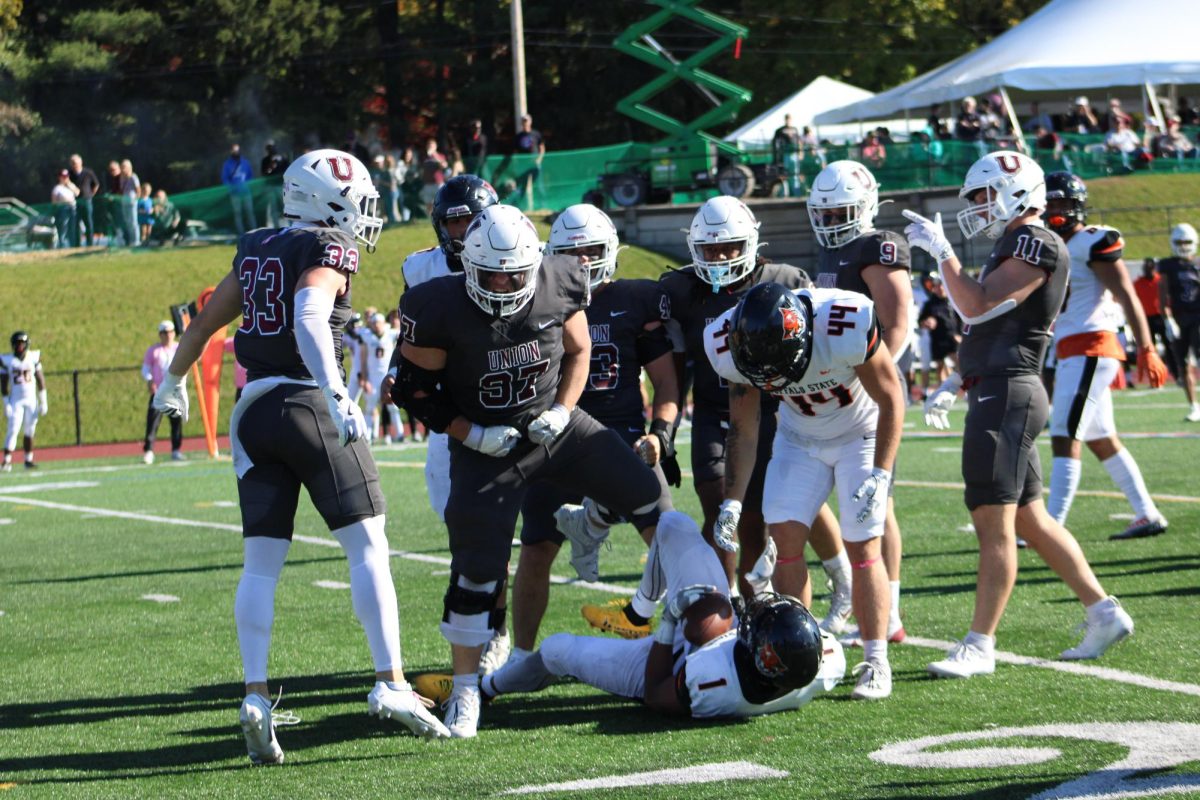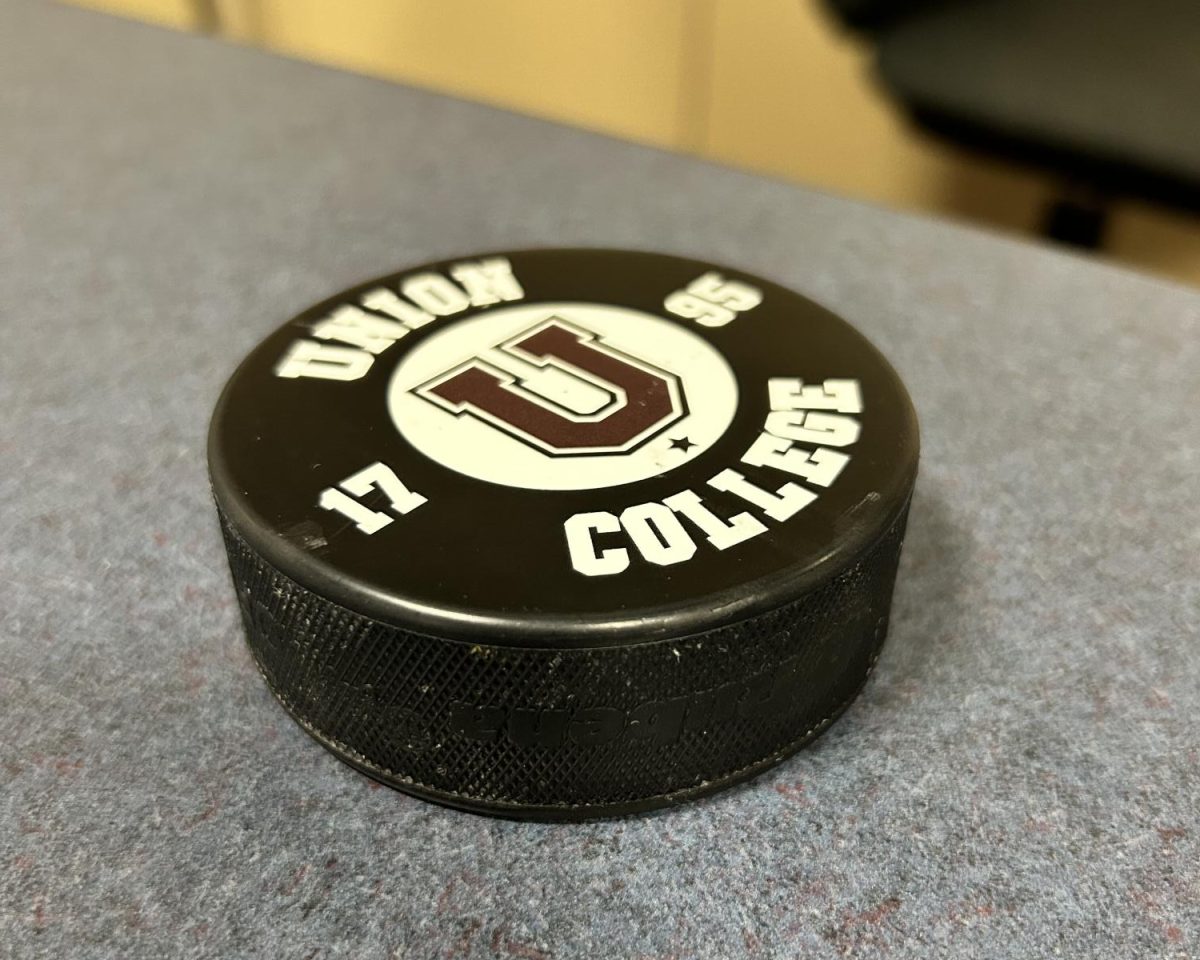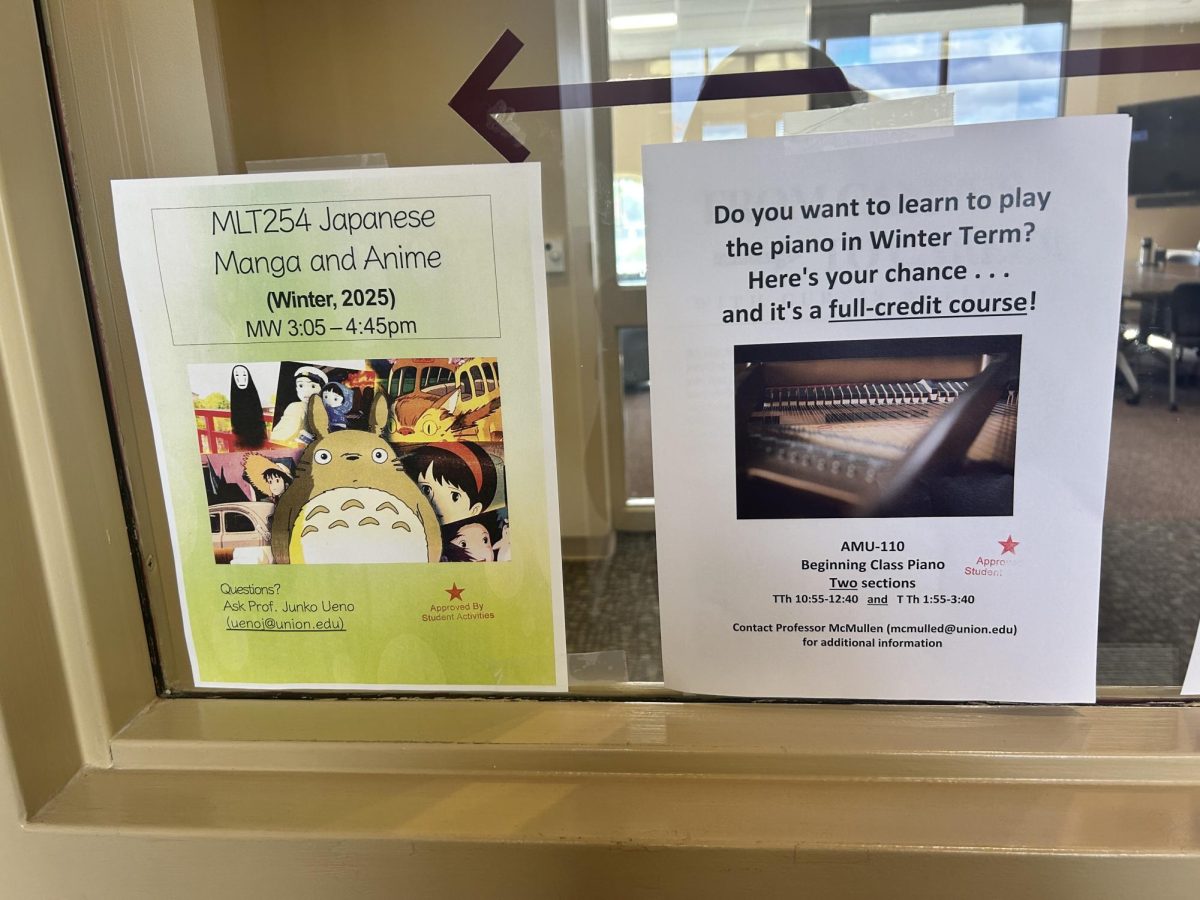Recent reports from Eshragh Motahar, a Professor of Economics at the College, reveal that the endowment has underperformed compared to widely-used financial market benchmarks and the median rate of return for endowments.
According to Professor Motahar’s analysis, the endowment’s short-term performance has been lower than the S&P 500 Index, with a difference of 12 percentage points in 2021 and four percentage points in 2022. Additionally, the endowment’s performance was worse than the median rate of return for endowments, with Union experiencing a 15% loss in 2022 versus the -8% median result. The endowment also underperformed compared to Union’s 31 peer institutions, with a difference of 16% in 2022 versus the median peer of -7%.
Moreover, the endowment’s long-term performance has also been concerning. Professor Motahar’s analysis shows Union’s endowment performed worse than the S&P 500 Index for any window length spanning 5 to 22 years starting from FY2000. The investment fees as a percentage of the endowment have also increased by 491% during the 2000-2020 period, while performance has deteriorated by 198%.
Risk is another area where the endowment has yet to perform. The College has performed poorly based on the Sharpe Index, which compares the risk-return characteristics of Union’s endowment performance with those of a “risk-free” asset.
One of the justifications Union’s consultants gave for paying high investment management fees is that this mechanism insulates the endowment from “low frequency/severe loss episodes.” However, the data shows that this is what has yet to happen. In particular 2016, there were no adverse market conditions, yet the endowment’s value declined by $52 million (-12%), and fees paid were $5.6 million.
Transparency has also been an issue with the endowment’s management. Data on management and incentive fees have been withheld as of 2021, and the names of the Investment Committee of the Board of Trustees members have also been withheld. There needs to be more clarity on Cayman Islands investments, which comprise around 45% of Union’s endowment.
Union’s endowment is in dire need of reform. According to a senior financial analyst on Wall Street, three characteristics of a reasonable investment strategy are “simple, transparent, and low-fee.” Unfortunately, Union’s investments in the Cayman Islands tend to be “complex, non-transparent, high-fee.” The College must reevaluate its investment strategy and diversify its portfolio to include investments in lower-fee markets.
Moreover, Union must increase transparency in its endowment management. Withholding information on management and incentive fees and the Investment Committee’s members is unacceptable and hinders any efforts to hold the College accountable for its financial management. Union should provide stakeholders with complete and accurate information on the endowment’s performance and management.
In conclusion, Union’s endowment has underperformed in the short and long term, posing significant risks to the College’s finances. The College must undertake significant reforms in its investment strategy and increase transparency in its endowment management to ensure financial stability.
Following Professor Motahar’s report, I presented these concerns to the Vice President of Finance and Administration, Scott Jones, and his reply was of no help to the points raised by Professor Motahar. However, this is what Scott Jones had to say. “The one question I am unwilling to answer concerns the members of the Investment Committee. I do not feel comfortable sharing that information. The other data will be helpful. As is the case at many institutions, the returns on the Union endowment over the past two years have been depressed by various factors, some related to the market, some related to repositioning parts of the portfolio to set us up for better long-term returns. In any event, the College takes performance exceptionally seriously. Over the long term, however, Union’s strategy of actively managing its endowment through professional fund managers has yielded better results than a passive strategy, and Union’s endowment performance is above the median of its peers. As for the alleged lack of transparency that Professor Motahar cites, the College discloses all the information required to share, as Professor Motahar is well aware. My office is very forthcoming with any information it can reasonably share on all financial matters. If you asked other community members that interact with Finance, they would have very different impressions of the level of transparency I have promulgated in my two years here. “
We again, in our capacity as stakeholders, pushed Scott Jones to clarify some statements to which he replied “As I previously shared, the information on the web site provides a thorough overview of the College’s endowment, as well as answers to specific questions that have been directed toward the administration over the past two years. As such, I am not certain what else I can add to this discussion. I know you posed additional questions, but the way in which they were framed makes the conversation difficult. Just to reiterate some key points in the material we’ve shared, the Union College endowment is managed by a group of dedicated Trustees, who are seasoned investment professionals (and managers of other college endowments). They do this work for Union voluntarily, without any compensation. To push back on something you said, they do not treat the endowment as their personal property, rather they take very seriously their fiduciary responsibility to manage it to the very best of their ability. Recall, these are individuals who give (and have given) extensively of their resources, time, talents, and energy to make Union a place where students and faculty like you and Professor Motohar can enjoy great success. Their dedication and focus on promoting Union College is incredible. It also bears repeating that the active management strategy used by Union is consistent with the approach used by the vast majority of colleges and universities and, over the long run, has proven to be effective in growing the College’s endowment. Profesor Motohar’s analysis, which is always welcome, does not serve as an indictment of that strategy generally. This is borne out by the very successful college and university endowments, which have demonstrable results with an active management strategy over long periods of time.”
The points raised by the Vice President do not seem to address any concerns that Professor Motahar raised. What is clear is that this concern of the endowment’s performance is of the utmost concern to the Union College community. As stakeholders, the VP of Finance and Administration must hear and acknowledge the concerns put forward by Professor Motahar. It is also important to note that professors and other professionals, such as investment bankers and certified accountants, have reviewed this report.






